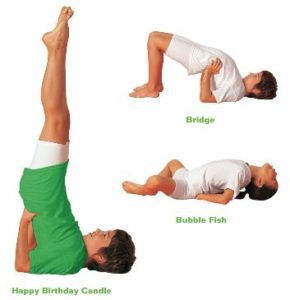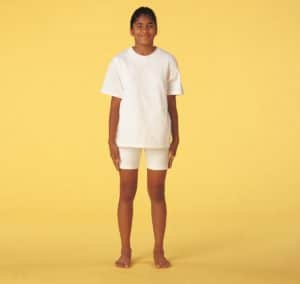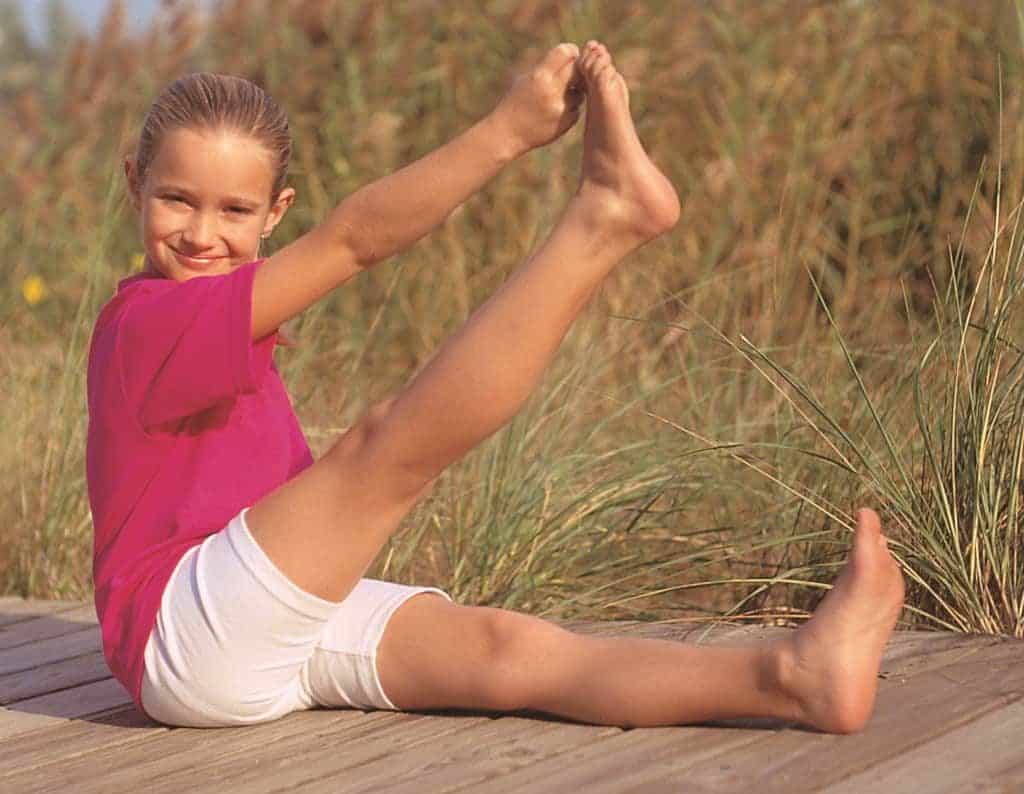Sit and Twist is a fun partner pose, so find a friend and get twistin’!
Instructions
- Sit cross-legged in front of your partner with your knees touching.
- Put your right arm behind your back, reach out with your left hand and grab your partner’s right hand. Breathe in and sit up tall.
- Breathe out, turn away from your partner, twist your spine, and look over your right shoulder.
- When you twist, rotate your spine gradually from the tip of your tail to the top of your head. Take your time and fee the stretch. Inhale as you lengthen your spine and exhale as you twist.
- Sit and twist for 5 breaths. Change sides.
Activity Ideas for Home or Classroom
We All Win
Have your students/children help each other twist and lengthen to their “edge.’ In yoga, going to the “edge’ means that you practice the pose the best you can. Tell your students/children not to force the pose or strain their muscles, but to keep breathing and moving as deeply as they can. Have the students guide each other with gentle communication.
Body Benefits
Twists are beneficial in so many ways. They massage the internal organs and glands as well as energize the spine, hips, open the heart and release tension in the neck and head.
Laughing Language
Play with opposite words as you twist. For example, one person would say “dark.” Your partner says “light.” The choices are endless. Have fun. Here are some ideas to get you started:
- Silly/Serious
- Happy/Sad
- Sun/Moon
- Morning/Night
- Wet/Dry
Nutrition Tip
Just as you can achieve an even deeper twist with a partner, some foods help digestion when eaten together and yet other foods can give you an upset stomach or cause discomfort like gas and belching when eaten together.
Here are some examples of foods that are great food combinations for your body when eaten together and other combinations that make digestion more difficult.
Easy to digest
- Grains with vegetables
- Pasta with vegetables
- Beans with vegetables
- Fish with vegetables
- Cooked/Raw fruit eaten alone
- Melons eaten alone
Difficult to digest
- Fruit or sweets with beans
- Fruit with vegetables
- Fruit with grain, dairy or meat
- Grain with dairy or meat
- Melons with anything

 Celebrate your strength and courage every day with this fun and empowering series. Sing. Make a wish. Blow out the candles.
Celebrate your strength and courage every day with this fun and empowering series. Sing. Make a wish. Blow out the candles.

